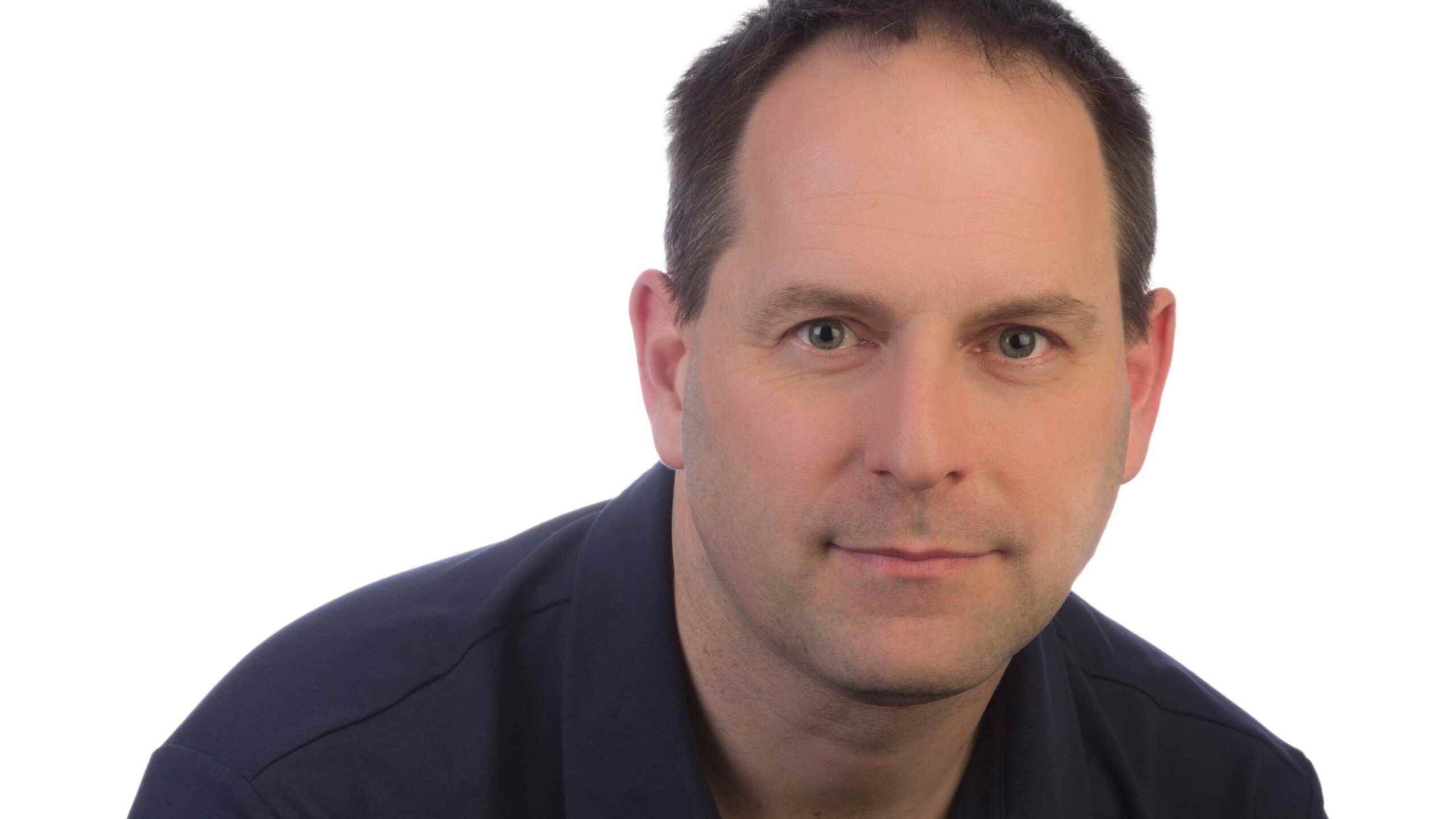Coming out of the house, I saw them, they were there. Two steps away. Scarlet red feathers and other yellow ones, in the middle of a desert of snow, it strikes the eye. From further away, if these birds had been a little more hidden by the trees, it would have been possible to confuse them without doubt with cardinals. But up close, it was unmistakable that they were indeed Pine Grosbeaks.
You cannot imagine my joy. It made my day. In front of these birds, I was flying. It was the first time this winter that I had seen them. Maybe, mind you, if I looked up from my papers a little more often, I’d see more of them.
This bird was long known as the pine grosbeak. Many bird names have changed over time. Rethinking how we express the reality of the world is not always, as some mournful minds would have it, simply a matter of juggling language elements. Words say, with more or less precision, what we project of ourselves onto the world. They place us in front of him. Sometimes the world changes so much that we remain speechless for a long time.
When Jean-Jacques Audubon, the great American naturalist, drew birds, he first had to kill them. This task fell, at least on occasion, to one of his followers, a French-Canadian trapper named Etienne Provost, originally from Chambly. Audubon had understood, before the invention of photography, the importance of tracing by drawing landmarks on this world which is written like a feather in the great white page of the sky of our lives.
Audubon spoke with enchantment of the species that make up the avian world. Charles-Eusèbe Dionne, one of his first disciples on the shores of the St. Lawrence, recounts, for example, his words about the fluty song of the wood thrush: “I cannot compare its effects to those of any instrument, because I I don’t really know any so melodious. It swells little by little, becomes more resonant, then springs up in graceful cadences, and finally falls so soft and so low that it looks as if it is about to die. »
At night, when we know how to name the stars, the world already seems a little less dark to us. The same is no doubt true during the day, when it comes to naming the birds, those shooting stars whose light we sometimes struggle to capture. To be able to name the birds is to find a way to map our world, thereby helping oneself to situate oneself in it.
Pine Grosbeaks are unfamiliar to me. Usually, it is mostly starlings that circle around the house. They play, one would say, in a kind of permanent Shakespearean tragedy in which they are both the actors and the directors. How many have I narrowly saved, especially in summer, after they had engulfed themselves in the chimney to fall inside, all covered with soot, very close to suffocating? This bird did not exist in America. No more than our city pigeons. A passerine species, the European starling bred in the New World beginning in 1890. In the summer of that year, as well as in 1891, a few dozen individuals were released in Central Park, in the heart of New York, by an ornithologist named Eugene Schieffelin. Without formal proof, it is repeated that Schieffelin simply wished to see this species present in Shakespeare’s work fly in the sky of America.
In general, there are fewer and fewer birds. In Europe, a participatory effort has established an avian inventory. It has been observed in France that 40% of bird species observed in spring in gardens are in decline compared to 2012. A few species now seem to be more numerous in winter. At the end of January, thousands of Britons took part in three days of bird watching to try to count the species around them. This annual meeting, the Big Garden Birdwatch, is sponsored by the Royal Society for the Protection of Birds, founded in 1889. Does the initiative have the rigor of a real census? It is permissible to doubt it. The experience, repeated for 44 years, allows at the very least to promote an awareness of immediate nature. Since 2021, nearly 30% of birds in the kingdom of His Majesty Charles III are considered to be in danger. A red list of threatened species specifies that species once as common as the swift, the swallow and the greenfinch are threatened.
It’s not much better on this side of the Atlantic. Since 1970, in North America, at least a quarter of the winged fauna has disappeared. With few exceptions, birds swoop down. Waterfowl and birds of prey, for example, are doing a little better than before. In any case, their population is increasing. But the populations of shorebirds, grassland or insectivores, observes the Canadian government, have decreased by 40%, 57% and 59% respectively.
Pollution, excessive and intensive exploitation of forests, the use of pesticides, the constant extension of the area of human habitation, excessive night lighting partly explain this decline. A multitude of combined factors are creating irreversible upheavals in both reproduction and nesting.
In Sherbrooke, at the small museum next to the school I attended, there were specimens of pies stuffed by a few priests. This bird hunted for so long to make pies disappeared in 1914. The last known specimen lived in captivity. Since the beginning of the XXe century only, we must count among the number of birds officially extinct the southern merganser, the great auk, the grackle of Mexico, different types of grebes, the paradise parakeet, the downy conure, the laughing owl, the Gouldian emerald.
Our world is failing. Do you have to be a bird’s head not to notice it
